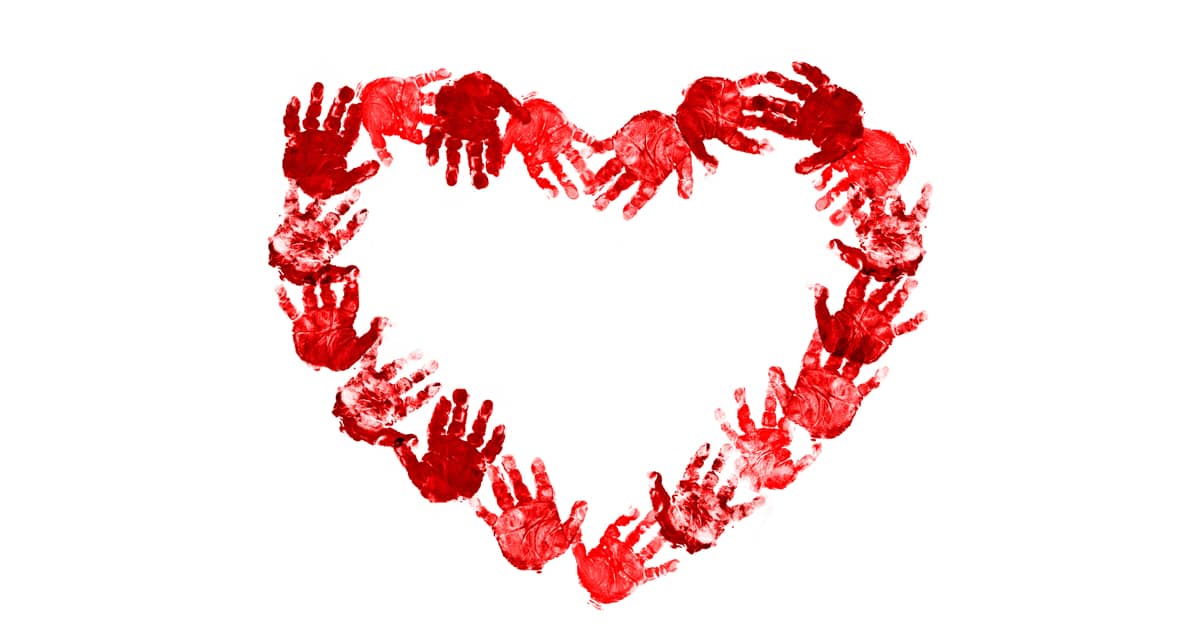The world has been working hard to ensure effective enough HIV response for all of the demographic groups affected by the virus.
Children represent one of these groups and needless to say, they’re the most vulnerable demographic.
According to a 2020 UNICEF report, there are 2.8 million children and adolescents across the world living with HIV. Every single day 880 minors become newly infected with the human immunodeficiency virus. Of these infected children, 310 die on a daily basis due to HIV-related causes and opportunistic infections.
How has the global HIV response helped these children and have we come close to the eradication of the infection among minors? Unfortunately, scientific research suggests we’re still lagging behind on the accomplishment of this HIV response goal.
What Global Efforts Have Accomplished So Far
UNAIDS has a document entitled Global Plan Towards the Elimination of New HIV Infections Among Children by 2015. The aim of the plan was to eliminate all new HIV infections among newborns through maternal healthcare enhancements.
And while a lot of progress has been made towards reducing the number of babies born HIV-positive, the issue has not been resolved in its entirety yet.
According to a recent Lancet report, the number of children who are born HIV-exposed uninfected (HEU) is 14.8 million per year. Of these children, 13.2 million are born in Sub-Saharan African countries and 760,000 are born in the Asia and Pacific regions.
Children than are born HEU usually have a higher morbidity and mortality rate than the children who are not exposed to the virus en utero.
The HEU babies receive antiretroviral medications as soon after the birth as possible. The aim of such preventative practices is to reduce the spread of the virus. The type of medication chosen will depend on the mother’s viral load and her overall health. Usually, such babies will undergo HIV testing at the age of one or two months to determine if the medications have granted then an HIV-negative status.
Babies who are at a high risk of HIV transmission will be tested immediately after birth. If the test shows that the baby is HIV-positive, they’ll need to go on a prolonged course of daily doses of antiretroviral medications.
Children at a higher risk of the so-called vertical transmission (from mother to baby) include those whose mothers become infected during the pregnancy and aren’t on therapy yet and the babies of mothers who decide for some reason to discontinue their antiretroviral therapy during pregnancy or breastfeeding.
Preventing the Transmission of HIV from Mother to Baby
There are already effective protocols in place to reduce the risk of vertical transmission from mother to baby. Still, progress has been slow in some areas. The slowdown has been noted for a couple of years already and it became especially pronounced over the course of 2020. This is when the Covid-19 pandemic directed a lot of attention and resources away from the global HIV response.
In 2019, UNICEF reported that crucial decisions would have to be made.
For several years, progress had been slowing down in terms of ensuring an effective HIV response among pregnant women. In the first decades of the HIV pandemic, the global healthcare community mobilised all forces to assist pregnant women and their unborn children. In the period from 2000 to 2010, the ART coverage among pregnant women with HIV nearly doubled. In the second part of the decade, however, this coverage slowed down.
Due to this fact, the goal of completely eliminating HIV transmission from mother to child remains unattainable for the near future. Currently, Sub-Saharan Africa is the home of 88 per cent of the world’s HIV positive population of minors. Unfortunately, the countries affected most severely by the problem are the ones slowest to adopt an effective HIV response among women of reproductive age and pregnant women.
In Angola, Nigeria, the Democratic Republic of Congo and several other countries, the share of pregnant women with HIV who receive ART therapy is less than 50 per cent. Botswana, Namibia, South Africa, Eswatini, Malawi and Uganda are on the other end of the spectrum with the ART coverage exceeding 95 per cent of the pregnant women.
While such profound regional differences last, the spread of HIV from mom to baby would not be curbed altogether. New response organisations that make access to medications effortless will be needed, alongside educational and awareness campaigns. Such comprehensive efforts provide the only opportunity to turn ongoing trends around.
It’s Time for Women to Take Charge
Very often, the parts of the world that lack adequate HIV response are also the ones with the worst antenatal care.
In India, for example, only 25 per cent of women seek out antenatal care and pregnancy appointments, ob-gyns warn.
Unless these women take charge of their own health, the HIV response would be difficult to expand. It’s important for individuals to start seeking out proper care while governments and regional authorities should make sure such care is readily available.
HIV transmission from mother to baby is not a given, even if her status is positive. There are opportunities for the implementation of specialised paediatric protection strategies that are still largely missing. Hopefully, in the years to come, we will see a much faster and more tailored approach to reach the UNICEF goal and discontinue vertical transmission

